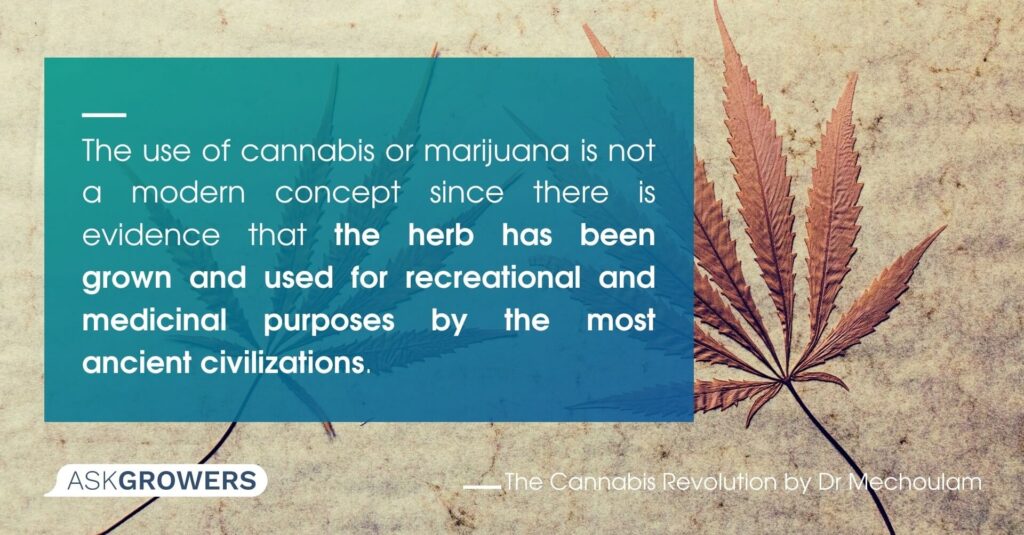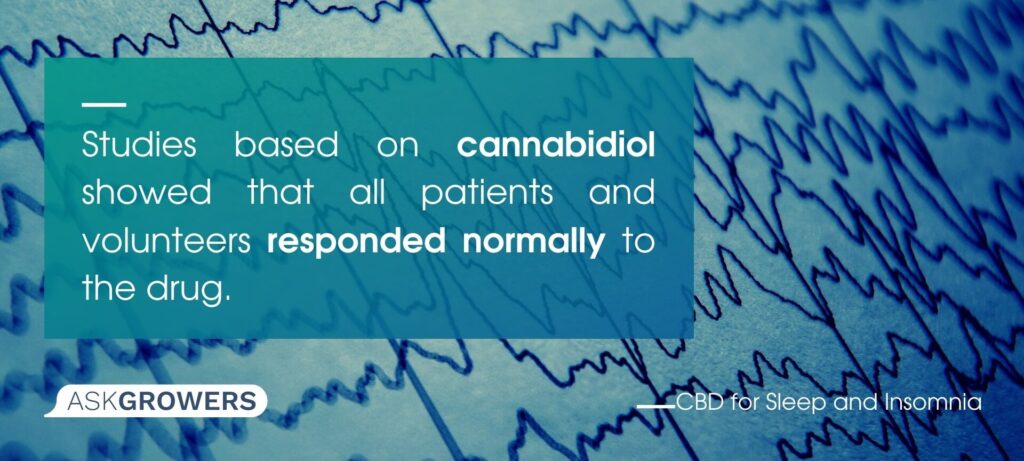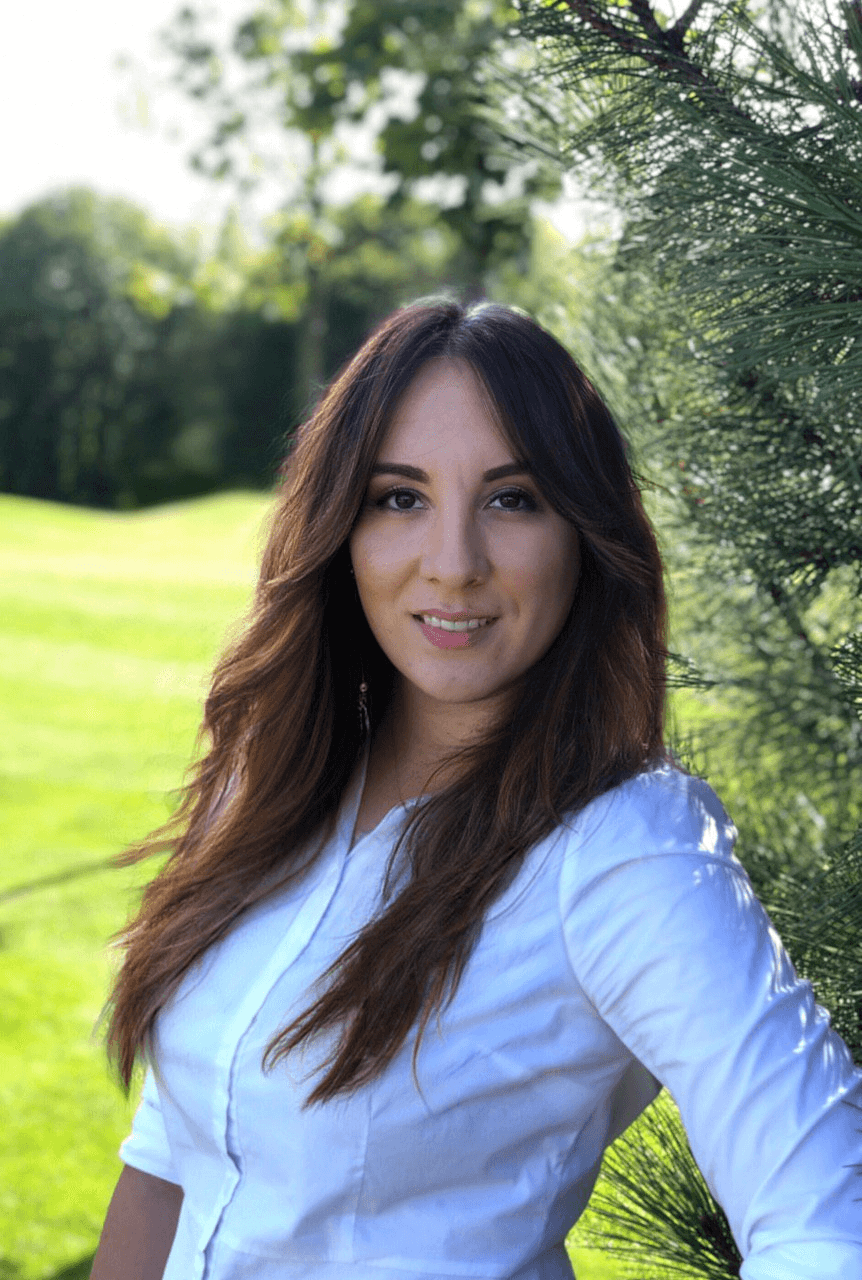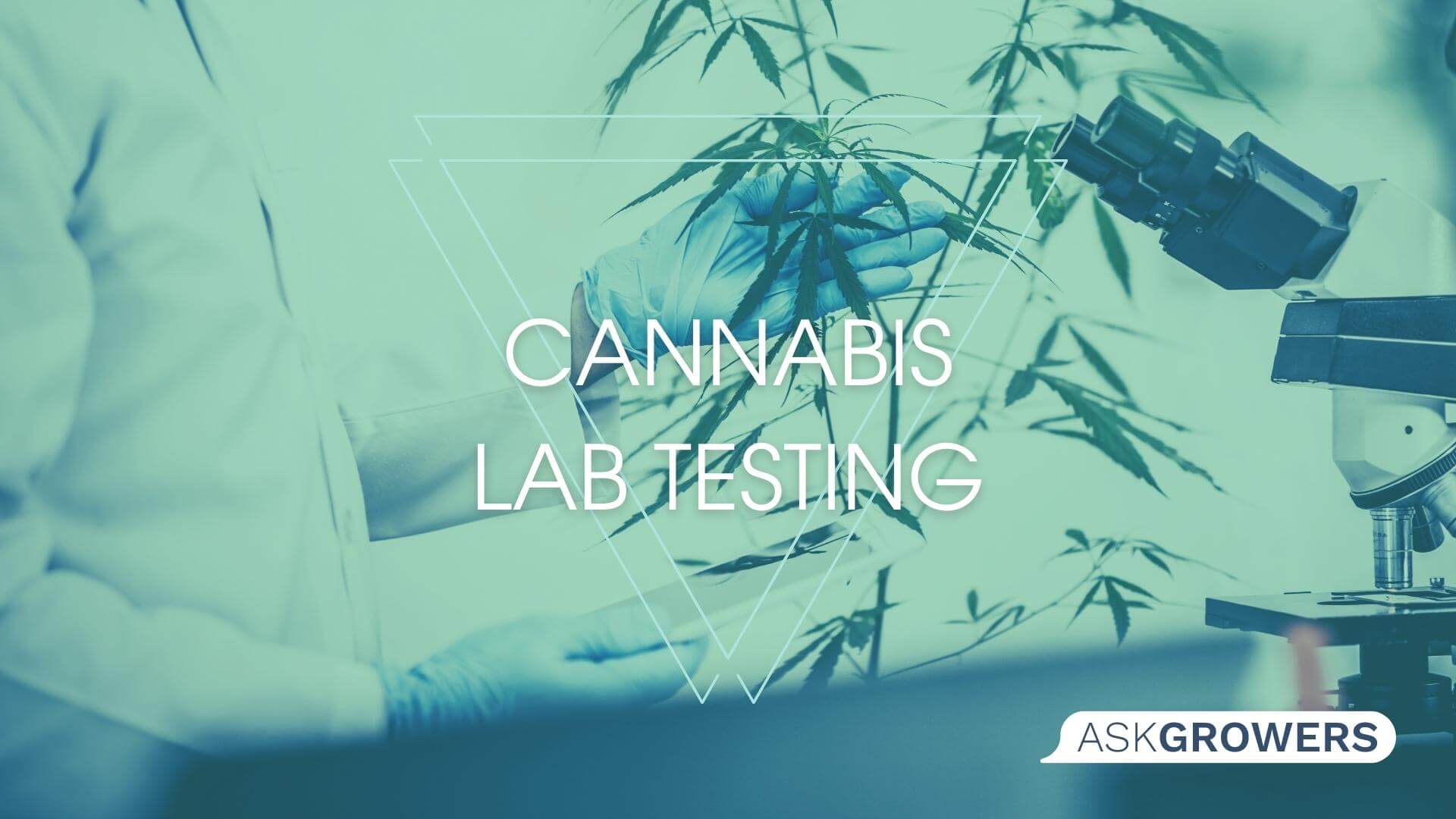The Cannabis Revolution by Dr. Raphael Mechoulam

Dr. Raphel Mechoulam is an organic chemist from Israel who is currently pursuing his career as a celebrated professor of Medical Chemistry at the Hebrew University of Jerusalem.
He has always excelled as a man of science and has received enormous honors in the field. Our picks would be the elite Rothschild Prize in Chemical Sciences and Physical Sciences in 2012, the NIDA Discovery Award in the year 2011, and EMET Prize in Exact Sciences.
Now, what makes him a renowned man amongst the league of scientists is his revolutionary breakthrough in defining the isolation, structure elucidation, and synthesis of THC, i.e. tetrahydrocannabinol. For conducting this research, he joined hands with Y Gaono, C Trips, and S Benezra. As a result of his contributions in the domain, Dr. Mechoulam also served as the President of the International Cannabinoid Research Society from 1999 to 2000.
For those who don’t know, THC is the primary component of the 113 compounds found in the cannabis plant. It is the very element that renders marijuana capable of relieving pain by numbing the receptors of the user.

- Apart from THC, Dr. Mechoulam is also a prominent hand in presenting to the world the principles of cannabis which he could pull off with the help of his students and collaborators.
- Another feather in his cap would be the achievements of the Ph.D. Scholars working under him such as Shimon Ben Shabat. He is credited for the discovery of isolation and identification of endogenous cannabinoids 2-AG or arachidonoyl glycerol in relation to the peripheral organs of a human body.
- His postdoctoral researchers – Lumir Ondrej Hanus and William Devane added value to his discovery of endocannabinoid anandamide as they were successful in isolating and characterizing the cannabinoids.
The advancement in the research based on cannabis and its consumption is the result of Dr. Mechoulam’s genius and has made Israel a leader in this domain.
Read Also: What Is Cannabis: All About Its Compounds and Effects
Has Marijuana Changed the Society for Better?
While most individuals are against the consumption of cannabis, there are others who believe in the recreational and medicinal prowess of this drug. And the latter group was delighted by the major breakthrough research conducted by Dr. Mechoulam since they could now have the world to trust in the potential they see.
- All thanks to the isolation and analysis of psychoactive and non-psychoactive compounds possible today, a majority of states in the US have legalized recreational marijuana.
- Now, even more researchers, scientists, and biologists can lay their hands upon the substance and conduct studies.
- Most importantly, the patients suffering from draining diseases like multiple sclerosis, AIDS, Crohn’s Disease and cancer treatment can now buy THC based drugs or cannabidiol to ease out the pain. Moreover, people using marijuana for recreational purposes is better for them than using alcohol which can easily make you feel disoriented.
Cannabis and its legalization in the states have groups of supporters and others who resist it too. Then again, the drug has come a long way since.
The Three Phases of Research by Dr. Raphael Mechoulam
Now that you have discovered the man behind the cutting-edge cannabis research in Israel for the benefit of the pharmaceutical sciences, here are some excerpts from his keynote address in the International Cannabis Business Conference. This will help you learn more about what drew Mechoulam’s attention towards cannabis and how he conducted the research to discover and further define various cannabinoids, especially, THC.

The use of cannabis or marijuana is not a modern concept since there is evidence that the herb has been grown and used for recreational and medicinal purposes by the most ancient civilizations. According to Mechoulam, one recent yet the historical account of the use of cannabis is that of the Royal British Court. Queen Victoria’s physician at that time, Russell Reynolds used to import cannabis from India to treat the migraines of his blue-blooded patient.
After this brief account of the historical existence of cannabis, Mechoulam went on to tell the audience a little about how he likes to conduct his research. To begin with, he tends to divide the research into three easy-to-manage phases.
- He refers to the first phase as Phytochemistry or plant-based chemistry. In the case of cannabinoids, this phase can be better described as phytocannabinoid research. It involves a detailed study of all the compounds and materials that a plant under observation produces. Here, the major focus was on THC and CBD. Even though Mechoulam and his team are done with the phytocannabinoid process almost 30 years ago, they learn something new about the plant as they advance in their research with the more sophisticated technology in hand.
A plant contains over 100 cannabinoids which have the keen eyes of research scientists from across the world on them.
- The second phase of this research was the endocannabinoid research. It was essentially a detailed investigation conducted on the compounds that are naturally present in the human body such as anandamide and 2-AG.
The body too has an endocannabinoid system that controls physiological functions such as inflammation, mood, appetite, sleep, etc. It has been ten years since this phase was completed, and they began with the third phase.
The scientists named endocannabinoid anandamide after the Sanskrit term Ananda, signifying a joyous feeling.
- Currently, Mechoulam and his team of scientists are in the third phase of the research where the compounds which share similar properties with the compounds produced and how their effects differ on the human body.
With the help of this research, Dr. Mechoulam is trying to find a cure for disorders like autism in which the levels of anandamides are comparatively low.
As per Dr. Mechoulam, they are equipped with a well-organized system and a library of compounds that are linked to human physiology. However, today people’s attention is trapped by cannabidiol and THC. Then again, he is sure that like it took cannabidiol about 30 years to take off, the endogenous cannabinoids will take another 15 to become the talk of the town. Interestingly, they seem to have a similar structure as their counterparts, but their effects differ to an evident extent.
Research Based on Cannabidiol (CBD) and the Findings of Dr Mechoulam
The clinical tests with CBD were published in 1980. It was a follow-up book after he had already given to this world THC and CBD.

Phase 1
The researchers used healthy gentlemen who volunteered for the test and gave them 3 mg/kg of CBD every day for the next 30 days. The other bunch of individuals was given glucose in the quite identical capsules. Tests such as EEG and ECG, neurological and physiological examinations and other screenings were performed on the individuals within weekly intervals.
Phase 2
In the second phase of the test, 15 individuals suffering from generalized epilepsy were randomly separated into two groups. Following the above double-blind setting, each patient was given 200 to 300 mg of CBD or placebo every day for four and a half months. The tests were performed after every 15 or 30 days or as prescribed by the doctor before the experiment. Apart from this, they were taking antiepileptic medicines from their previous condition.
Surprisingly, all patients and volunteers reacted normally to the drug. There was no change in their body composition, and there was nothing toxic found in their samples. 4 out of 8 individuals did not show any signs of a convulsive crisis. On the other hand, three patients saw partial improvement in clinical condition at the end of the experiment. One of the participants from the team of 8 did not see any results at all. Moreover, the placebo had no effect whatsoever.
To conclude, if some patients of epilepsy are showing improvement with the help of CBD, it can be modified to create a more sophisticated drug.
Why Did It Take 30 Years to Figure Out Cannabis and Epilepsy?
Dr. Mechoulam says that his research on epilepsy has been proven that cannabis can make effective drugs for curing people of epilepsy. After undergoing the CBD drug treatment, the individuals underwent a lesser number of fits. Only a few individuals escape the healing capacities of cannabis.
He says that the parents of the children came ahead with a petition to release a drug for epilepsy based on THC because there are children who experience over 20 fits in a day and need time to breathe.
It has been delayed by 30 long years because it was earlier put into the same category as life-threatening narcotics. So, THC and CBD will have to go through a lot of trials before it can be omnipresent as a drug. Once that is done, cannabis can be used to treat autoimmune diseases, diseases in which the body tries to harm itself in one way or the other.
Cannabidiol Acid
CBD and THC acids also made a cut into the keynote address by Dr. Mechoulam. He explained how the two were isolated compounds, elucidated their structure, and finally synthesized it. Then again, no matter the amount of attention these compounds are receiving from researchers from across the world; they are not naturally occurring substances.

So, what occurs naturally are the acids. When the THC acid and the Cannabidiol acid are produced in plants through photosynthesis, they are all synthesized from long ago. However, the researchers didn’t touch them due to the lack of stability. Well, people still haven’t done a lot of tests on the acids as they tend to break down easily.
However, there is no stopping a dedicated team of scientists such as Dr. Mechoulam and his team as they decided to stabilize the acid with a chemical reaction. This study resulted in an initial conclusion that CBD acid has more potential to heal. Yes, researchers have conducted tests to find out that with the consumption of a more stable CBD acid, the levels of depression in an individual can be decreased. This is because the acids are more active as compared to oils. Of course, they performed the experiment on two species of animals before arriving at a conclusion.
The head of the team conducting the test believes that humans are a better choice for conducting tests because that can help them discover the toxicity of the compound as well. Then again, with the available resources and assuming that other species can be paralleled with model humans, acids (cannabidiol acid methyl ester, for example) are more active than CBD. He concludes by saying that research papers and publications prove the effectiveness of Cannabidiolic Methyl Ester in pain and depression. Soon, they might replace cannabidiol itself.
The Derivative Cannabidiol
In his address, Dr. Mechoulam also threw some light upon how people can only obtain naturally occurring substances such as cannabis only in the form of extracts or derivatives and not drugs. The reason behind it is that no one can really obtain a patent on naturally available products, so no one invests in creating a drug, and the derivatives are more potent.
Like you can purchase the derivative of Penicillin or Cortisone from the market but not its drug from the pharmacy, soon you will find derivatives of CBD in the markets too.
Conclusion
Reflecting back on everything we have discussed the research conducted on cannabis by Dr. Mechoulam, we can arrive at the conclusion that cannabis comes with a lot of medicinal potentials. Its compounds such as THC and CBD are nothing less of a revolution in pharmaceuticals if they are consumed while adhering to the right set of regulations.
Now, all thanks to the comprehensive research going on in Israel and across the world, we know that one solution for easing the pain of critical patients is not far. No matter that solution is made available in the form of drugs, acidic compounds, or derivatives.

 Industry
Industry

.jpg)





 (1).png)






Be the first and share your opinion
Write a Review